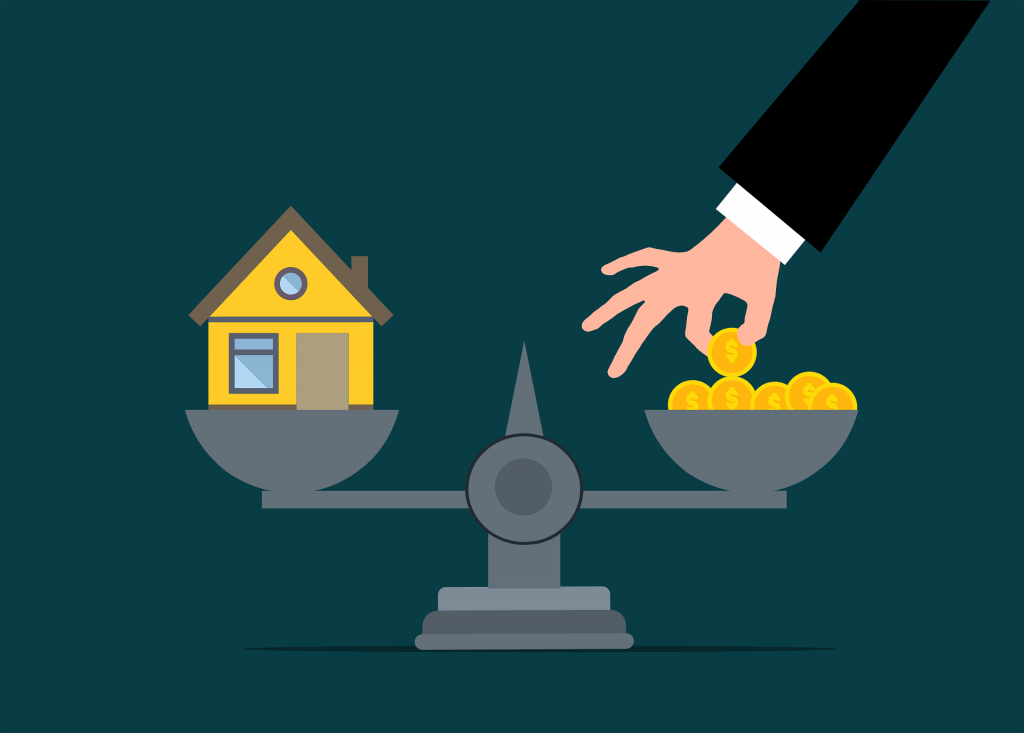
Understanding Australia's Interest Rates and Their Impact on the Property Market
Interest rates play a significant role in shaping the Australian property market. As a potential homebuyer or property investor, it is essential to have a solid understanding of how interest rates work and the impact they can have on your purchasing power and the overall market. In this blog post, we delve into Australia's interest rates, their drivers, and their influence on the property market.
- The Role of the Reserve Bank of Australia (RBA): The Reserve Bank of Australia (RBA) is responsible for setting the official cash rate, which serves as a benchmark for interest rates across the economy. The RBA monitors various economic indicators, including inflation, employment rates, and economic growth, to determine whether changes in the cash rate are necessary to support the country's economic objectives.
- The Relationship between Interest Rates and the Property Market: Interest rates directly impact borrowing costs for homebuyers and investors. When interest rates are low, borrowing becomes more affordable, stimulating demand in the property market. Lower rates can lead to increased buyer activity, rising property prices, and higher levels of market activity. Conversely, higher interest rates can act as a deterrent, potentially slowing down the property market and curbing demand.
According to data from the Reserve Bank of Australia:
- As of July 2023, the official cash rate set by the RBA is 0.10%, a historically low level.
- From February 2020 to March 2022, the RBA reduced the cash rate from 0.75% to its current level in response to the COVID-19 pandemic, aiming to stimulate economic growth and support borrowing.
- Variable vs. Fixed Interest Rates: When obtaining a mortgage, borrowers can choose between variable and fixed interest rates. Variable rates fluctuate with market conditions and the RBA's cash rate movements. On the other hand, fixed rates remain unchanged for a specified period, providing borrowers with stability and predictable repayments. It is important to carefully consider the pros and cons of each option and consult with a mortgage broker to determine the most suitable choice for your circumstances.
- Impact on Affordability and Purchasing Power: Changes in interest rates directly impact affordability for homebuyers. Lower rates can increase affordability, allowing buyers to secure larger loans or reducing the burden of repayments. Conversely, higher rates can reduce affordability, potentially limiting the borrowing capacity of buyers and influencing their purchasing decisions.
According to recent research by CoreLogic:
- As of June 2023, housing affordability in Australia has improved due to low interest rates, making it more feasible for first-time buyers to enter the market.
- Investors and Cash Flow Considerations: Interest rates also affect property investors, particularly in terms of cash flow. When interest rates are low, investors may find it more feasible to finance their investment properties and generate positive rental yields. However, when rates rise, investors should consider the potential impact on their cash flow, as higher interest costs can impact profitability and overall returns on investment properties.
Conclusion: Australia's interest rates have a significant influence on the property market, impacting affordability, borrowing costs, and investor strategies. As a homebuyer or property investor, staying informed about interest rate movements and their drivers is crucial for making informed decisions. By monitoring interest rate trends, consulting with mortgage brokers, and assessing your financial situation regularly, you can understand the impact of interest rates on your property aspirations and make informed decisions to achieve your property goals.








